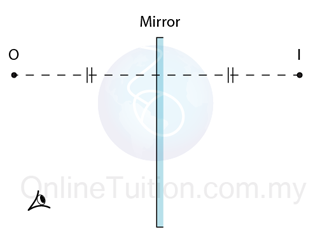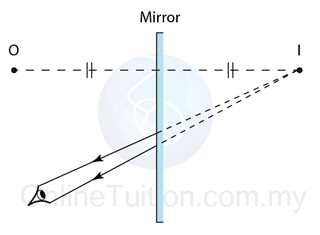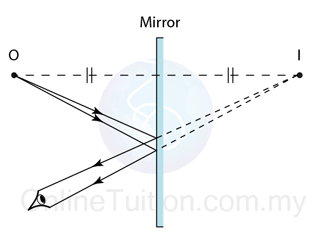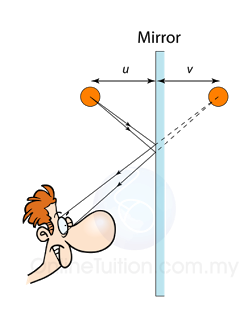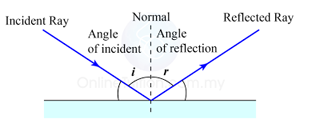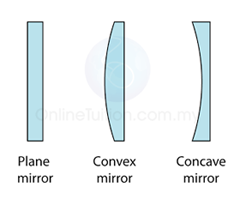Refraction is the bending of a light ray at the boundary of two medium as the light ray propagates from a medium to another with difference optical density.

- Light rays are bent when they pass at an angle in or out of materials such as glass and water. The effect is called refraction.
- Light passing into an optically denser medium is bent towards the normal; light passing into an optically less dense medium is bent away from the normal.
- Materials such as glass, water and paraffin are said to be optically denser than air.







